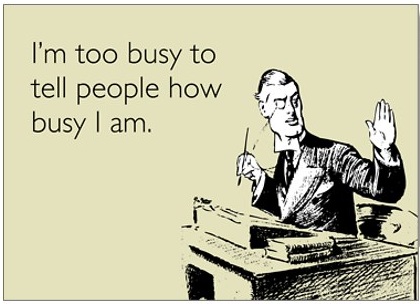If I told you that there is a way to increase your sales by 18% without paying for advertising, making any calls, or even making much effort at all, you’d probably think I’d finally lost my marbles.
In fact, you can achieve all that by sending a regular e-newsletter to your existing clients. The caveats are that it does take a small amount of effort, and that 18% is the average extra new business I’ve experienced across 8 clients who’ve been running an e-newsletter I helped them design monthly for at least 6 months.
Here’s my 10-point action plan for creating easy, low-cost incremental sales –

1 – Collect email addresses for all your clients and prospects, if you haven’t got them already, and collate them into a database. Make sure to regularly update the list with new clients and prospects.
2 – Promote no more than three offers in each newsletter. Clients don’t want to just read about your products, and you can always lead them to more detailed stuff via links to your website. Then add handy free tips which could help your clients in their business.
3 – Make it unique. These days, most people get loads of newsletters. Fill yours with passion, fun and useful information to make it stand out from the herd.
4 – Make it look great. Use headlines, bullets, graphics and HTML so your customers’ eyes are drawn to it.
5 – Make it IT friendly: no more than about 800kb for easy download, and have it scaled to fit most screen sizes. Your web-team can help you design the first one, or they can do them all for a modest agreed monthly payment.
6 – Ask for feedback. You don’t want to be publishing stuff nobody likes for more than one issue.
7 – Make contact easy. Bold phone numbers and clickable email links are simple and essential components.
8 – Add an unsubscribe link. It might sound negative, but it’s better than repeatedly winding up a good customer if they simply don’t want your regular updates.
9 – Post each newsletter on your website. If you have been including useful tips as well as just product offers, they can form a valuable online resource for some time to come.
10 – Continue all the above at least monthly for maximum effect!
Email jon@jupiterdawn.com with feedback and business strategy queries












